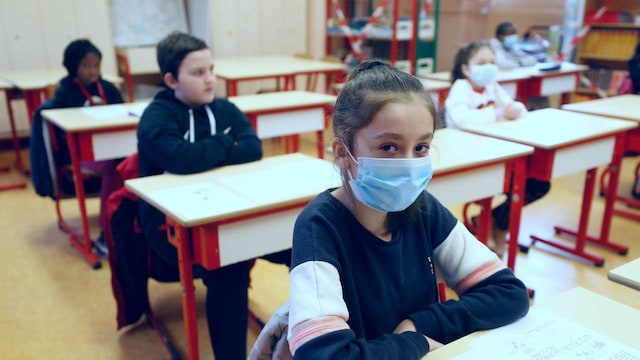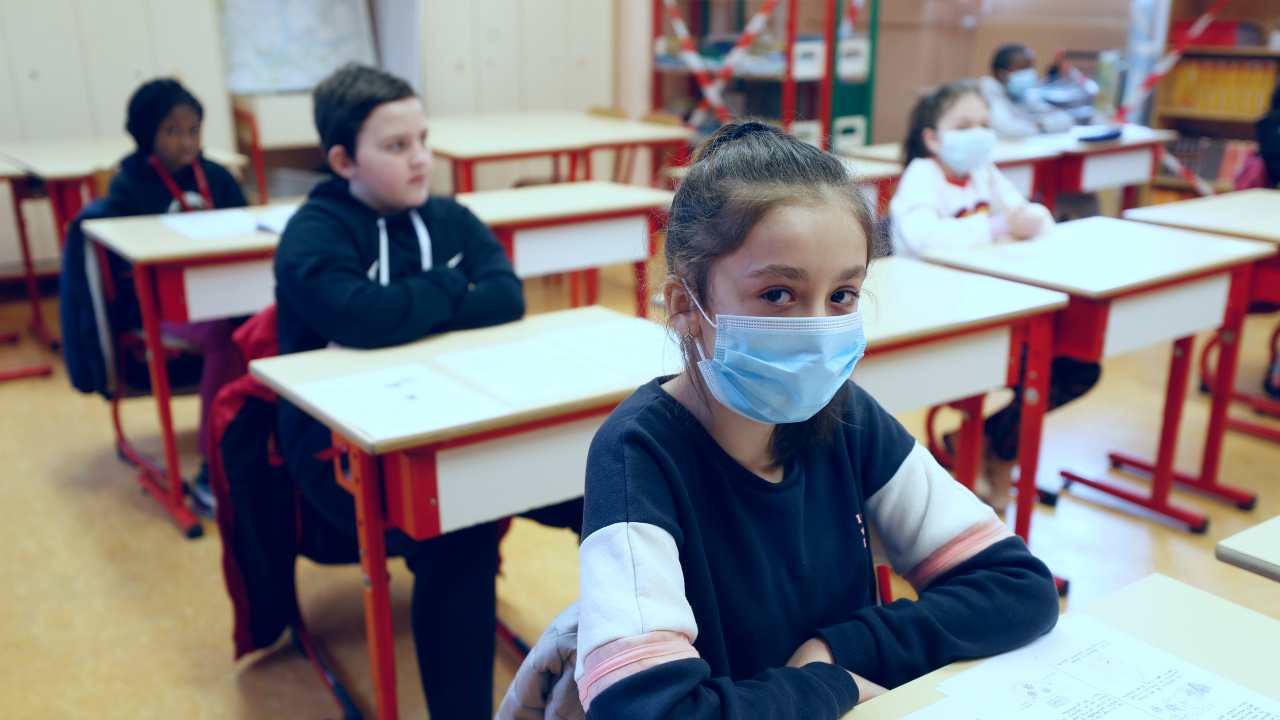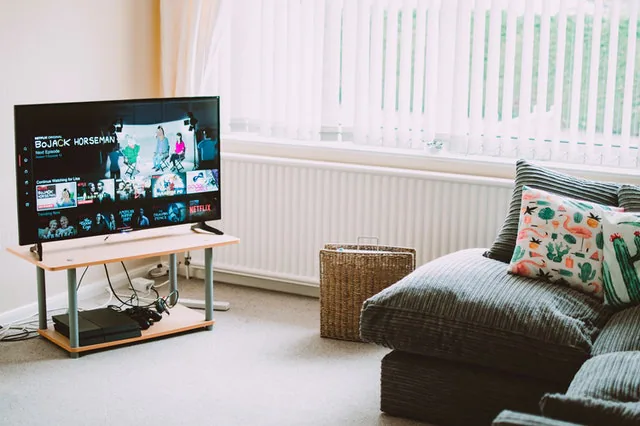Lower physical distancing policies can be safely adopted in schools, as long as other measures including universal masking are in place.

Schoolchildren, some wearing masks, attend a class in a school of Strasbourg in eastern France. AP
School shutdowns have been a divisive topic since the pandemic erupted, and a new study has ignited debate over the six-foot rule of social distancing and whether it can be relaxed in classroom settings, which would ease the way for children to return to schools. The new study, published last week in the journal Clinical Infectious Diseases, suggests public schools may be able to reopen safely for in-person instruction as long as children maintain three feet of distance between them, and with other mitigation measures maintained, such as wearing masks.
Asked about the new report by Jake Tapper on CNN’s State of the Union program Sunday, Dr Anthony Fauci, the nation’s leading infectious disease expert, agreed the study appeared to indicate 3 feet would be sufficient distance to curb transmission of the virus. No official guidance on shortening the recommended 6-foot rule has yet been issued by the Centers for Disease Control and Prevention, although Fauci said the agency is studying the data.
“What the CDC wants to do is accumulate data, and when data shows ability to be 3 feet, they will act accordingly,” Fauci said. He added that the agency’s director, Dr Rochelle Walensky, was aware of the new research, and that the CDC was also conducting its own studies. “I don’t want to get ahead of official guidelines,” he said.
While the CDC’s advice remains at 6 feet of social distancing between students, the World Health Organization has recommended a meter or 3.3 feet of distancing, and the study found the latter was enough to limit school-related cases. The CDC recommendations call for 6 feet of social distancing in schools situated in counties with high COVID transmission rates. CDC officials could not be reached for comment Sunday.
Some experts have chimed in that tempering social distancing recommendations could be an important step to getting children back into classrooms. Dr Ashish Jha, dean of the Brown University School of Public Health, suggested in a tweet that the CDC guidance may be changing, and that is “good. Because six ft doesn’t protect teachers. But it does keep kids out of school.”
“Want to open schools safely? Masks. Ventilation. Testing. Vaccinating teachers/staff. That’s the list,” Jha tweeted.
Fauci to @jaketapper
CDC guidance on 3 ft vs 6 ft may be changing
Good
Because 6 ft doesn’t protect teachers
But it does keep kids out of school
Want to open schools safely?
Masks
Ventilation
Testing
Vaccinating teachers/staffThat’s the list
And no deep cleaning please https://t.co/A7yVpPqlUo
— Ashish K. Jha, MD, MPH (@ashishkjha) March 14, 2021
The new study, published 10 March, compared the incidence rates of coronavirus cases among students and staff in Massachusetts school districts that required at least 6 feet of separation with those that required only 3 feet of distance, and found no statistically significant differences in infection rates among staff members or students.
cases among students and staff in Massachusetts school districts that required at least 6 feet of separation with those that required only 3 feet of distance, and found no statistically significant differences in infection rates among staff members or students.
The researchers, who controlled for community rates of coronavirus in their analysis, concluded that lower physical distancing policies can safely be adopted in school settings, as long as other measures — like universal masking — are in place.
in their analysis, concluded that lower physical distancing policies can safely be adopted in school settings, as long as other measures — like universal masking — are in place.
The study’s authors examined the rates of coronavirus infections among staff and students at some 242 school districts in Massachusetts, with varying levels of in-person instruction from 24 September to 27 January 2021.
infections among staff and students at some 242 school districts in Massachusetts, with varying levels of in-person instruction from 24 September to 27 January 2021.
Children are less likely to require hospitalization when infected with the coronavirus , and children younger than 10 are less likely to get infected than teenagers. But the true incidence of infections may not be known because children and adolescents are far less likely than adults to develop severe illness and are less likely to be tested.
, and children younger than 10 are less likely to get infected than teenagers. But the true incidence of infections may not be known because children and adolescents are far less likely than adults to develop severe illness and are less likely to be tested.
Roni Caryn Rabin. c.2021 The New York Times Company










